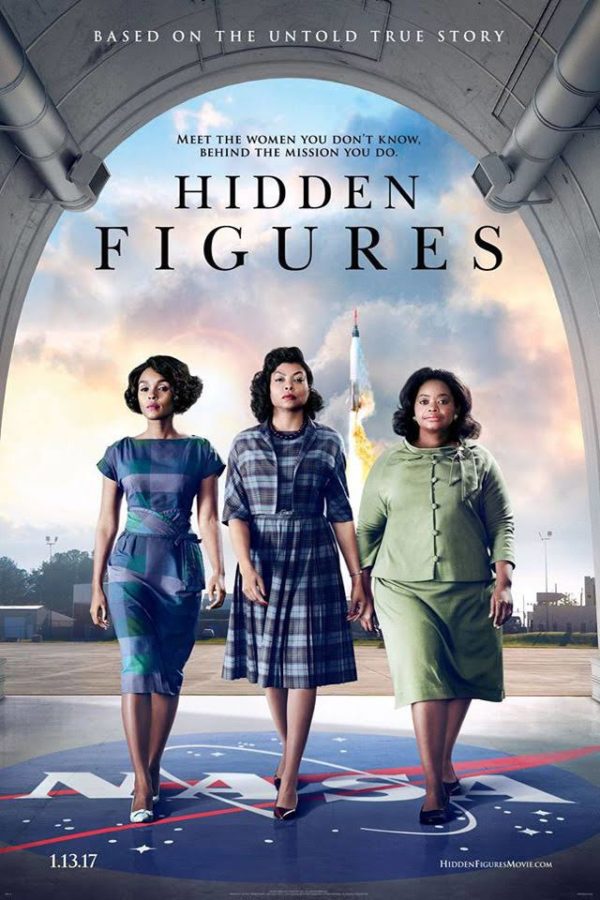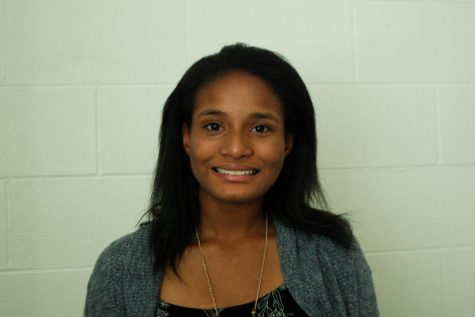Hidden Figures challenges social roles
February 22, 2017
So here I am in the library check out line. I was getting a “Calculus for Dummies” book, to help with my Calc BC class. The lady next in line looked at me then over at the books I was checking out, her eyes widened and our conversation went something like this.
“Did you see Hidden Figures?” she asked
“Yes, I did,” I said.
“Were you inspired by it?” she asked, pointing at my stack of Physics and Calculus books. (maybe she noticed the fact that I’m black and female, although maybe she was just making everyday conversation.)
She then told me that she thought the movie was so good that she ended it up seeing it twice.
For those who aren’t familiar with this new movie, Hidden Figures follows the story three African American women- Mary Jackson, Dorothy Vaughn, and Katherine Johnson; who worked for NASA during the space race. The movie is based on a book of the same name written by Margot Lee Shetterly.
Johnson is the film’s main hidden figure. At the beginning of the film she is shown as a sixth grader who shows promise and is admitted into high school early. Her parents did everything they could to make sure that Johnson could become something in life.
Johnson’s colleagues, Vaughn and Jackson, also go on to make monumental achievements throughout the movie.
Jackson has the mind of an engineer, but cannot become one without attending classes at a college that does not acknowledge Brown V. Board of Education. She then decides to go to court to challenge the college’s stance on integration.
Hidden Figures has a mix of cringe-worthy scenes depicting the racism of the time period as well light hearted comedy. This is a movie that everyone can take something from, whether you’re interested in the space race or in seeing a truly inspiring story unfold.


